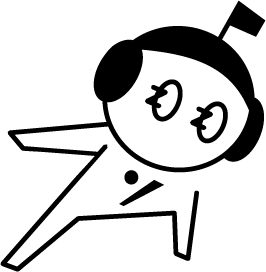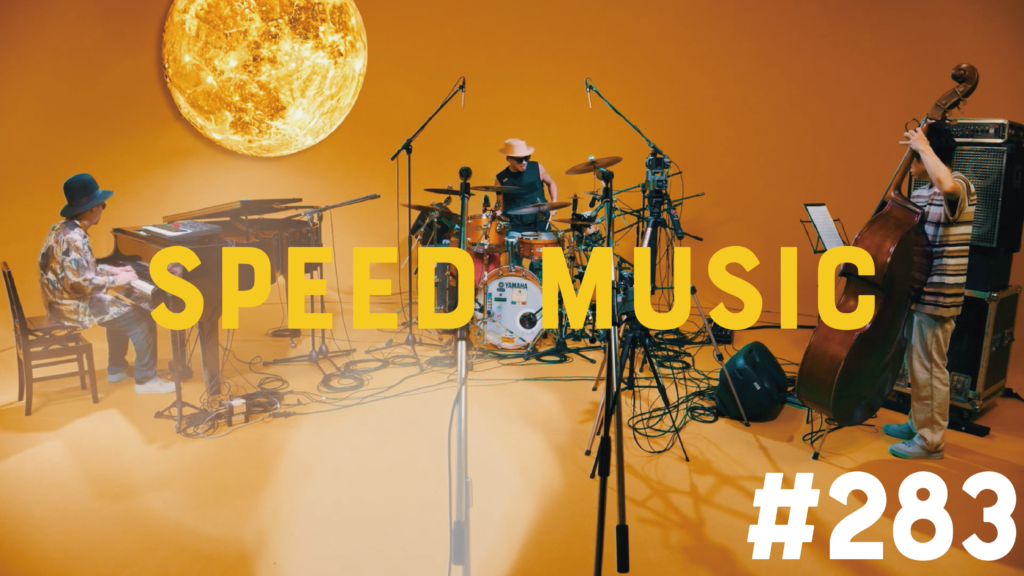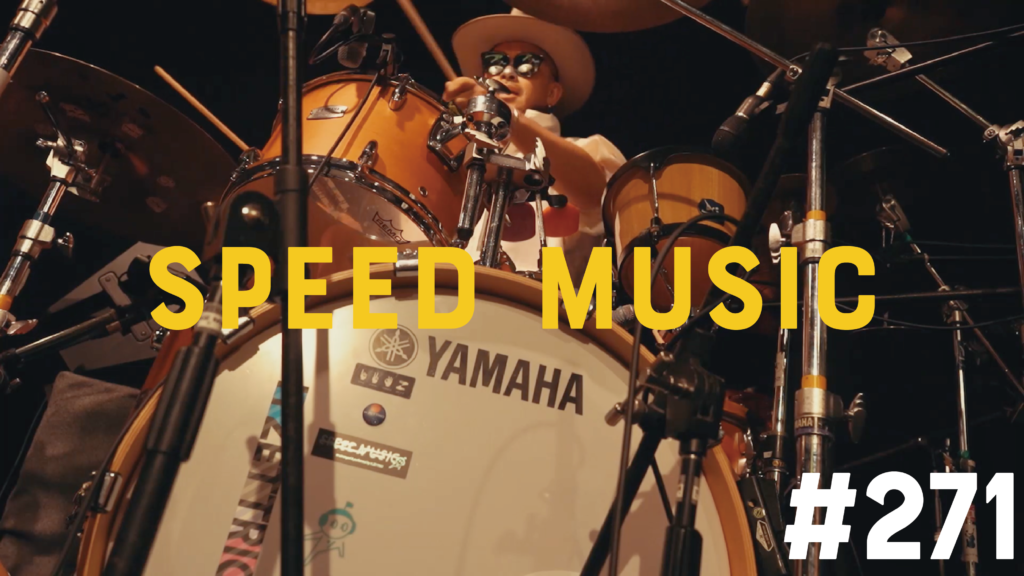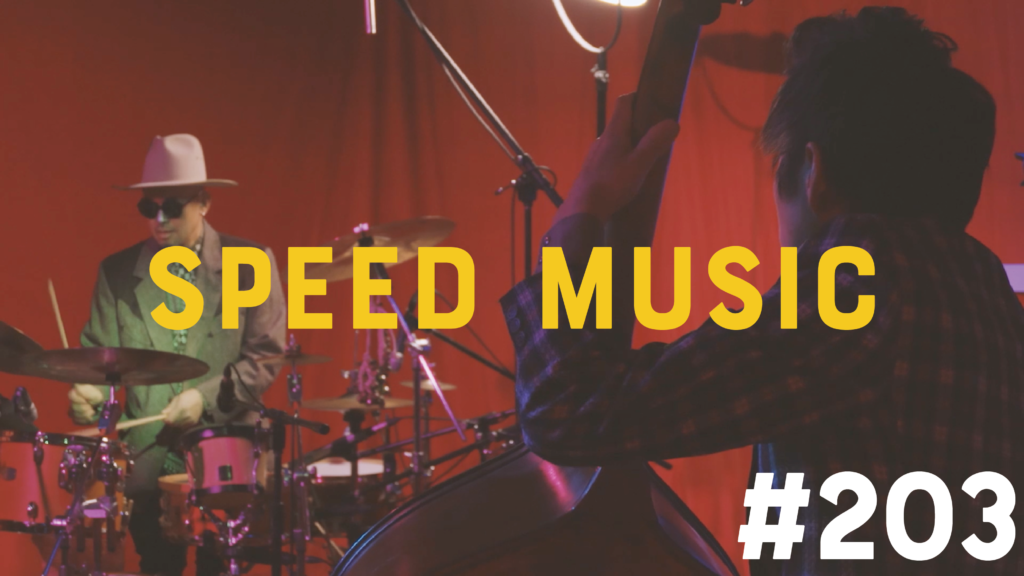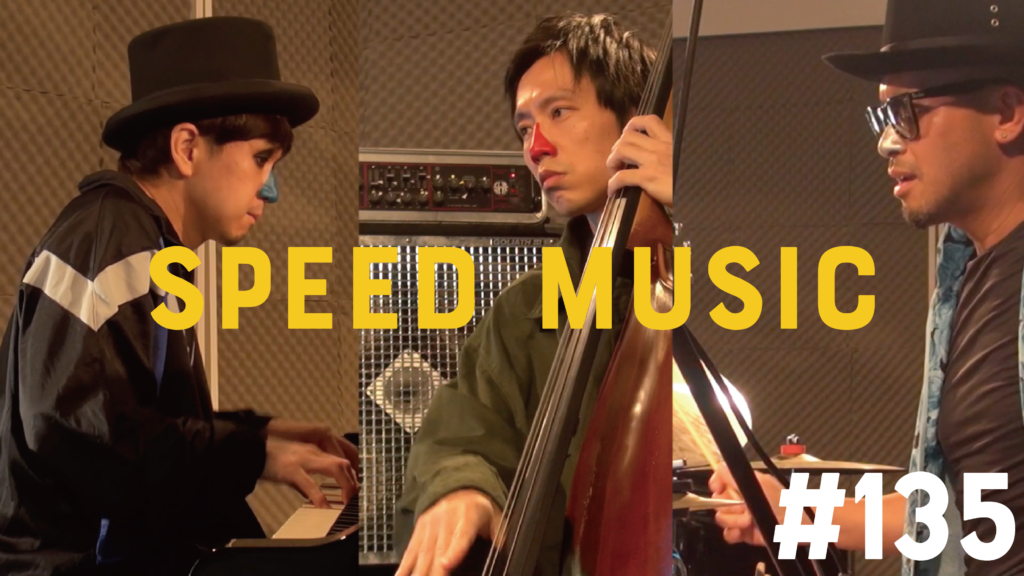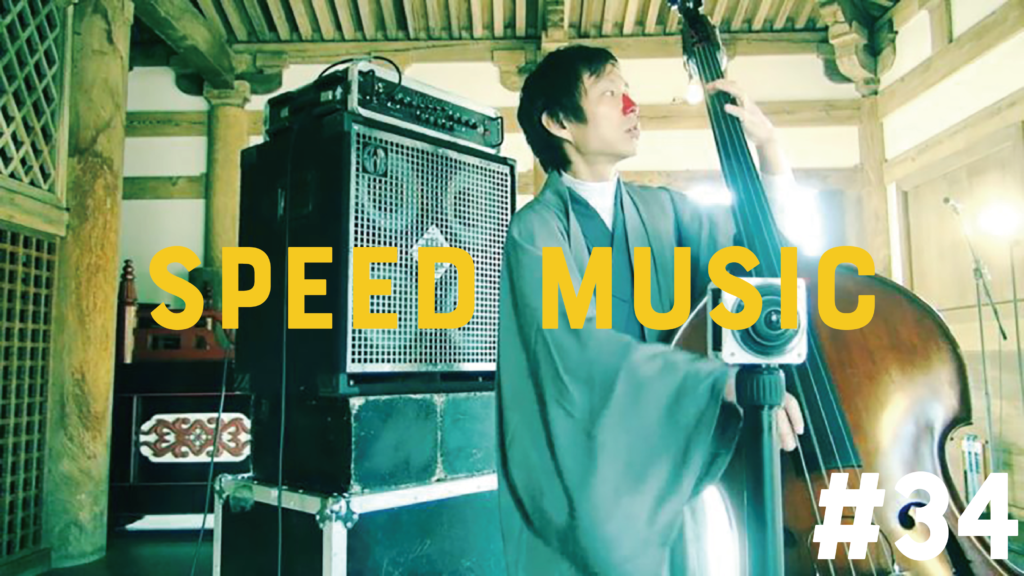#135 赤い靴 by H ZETTRIO
歌詞は、実話を題材にして書かれたという話が定説化していた。静岡県清水市有渡郡不二見村(現在の静岡市清水区宮加三)出身の岩崎かよの娘・佐野きみ(1902年(明治35年)7月15日 - 1911年(明治44年)9月15日)がその赤い靴を履いていた少女のモデルとされた。(フリー百科事典 ウィキペディア日本語版より:https://x.gd/p0GWf)
It was widely accepted that the lyrics were written based on a true story. Kimi Sano, daughter of Kayo Iwasaki, was born in Fujimi Village, Arido District, Shimizu City, Shizuoka Prefecture (currently Miyakazo, Shimizu Ward, Shizuoka City) (July 15, 1902 (Meiji 35) - 1911 (Meiji 44)) September 15th) was chosen as the model for the girl who wore the red shoes. (From the free encyclopedia Wikipedia Japanese version: https://x.gd/p0GWf)
